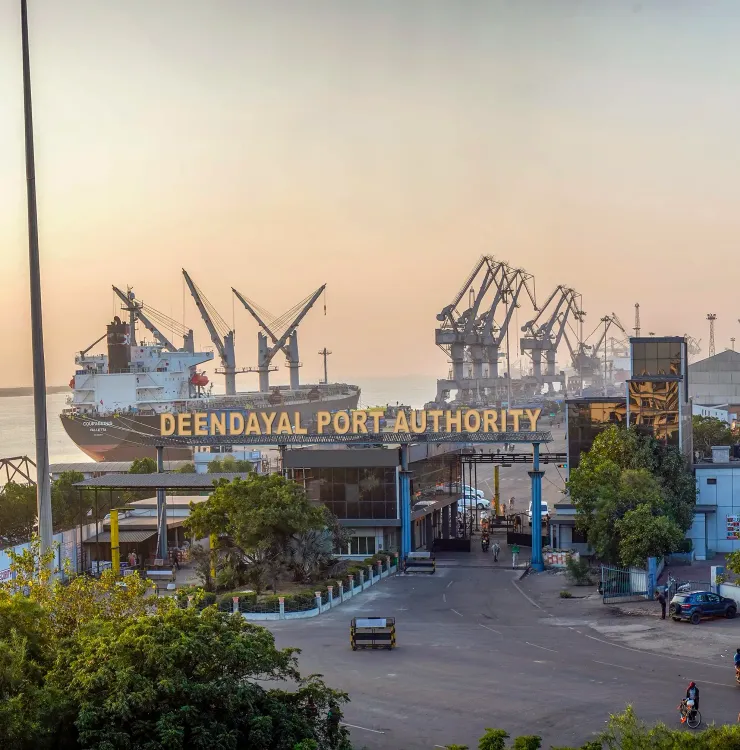Which Three Indian Ports Have Been Recognised as Green Hydrogen Hubs?

Synopsis
Key Takeaways
- Three Indian ports recognized as Green Hydrogen Hubs
- Significant step towards a clean energy future
- Supports India's vision for net-zero emissions by 2070
- Encourages green investments and industrial participation
- Established under the National Green Hydrogen Mission
New Delhi, Oct 10 (NationPress) On Friday, the government officially acknowledged three prominent ports—Deendayal Port Authority (Gujarat), V.O. Chidambaranar Port Authority (Tamil Nadu), and Paradip Port Authority (Odisha)—as Green Hydrogen Hubs under the National Green Hydrogen Mission (NGHM).
This designation represents a crucial advancement in establishing an integrated hydrogen ecosystem, propelling India towards a cleaner energy future, according to the Ministry of New and Renewable Energy (MNRE).
“This recognition signifies a pivotal moment in India’s maritime evolution as we strive to emerge as a modern and capable leader in the global maritime arena. Under the visionary guidance of Prime Minister Narendra Modi, we are committed to creating an ecosystem for sustainable development that will drive India towards achieving net-zero emissions by 2070,” stated Sarbananda Sonowal, Minister of Ports, Shipping and Waterways.
This recognition has been granted with the approval of the relevant authorities, the ministry confirmed.
Ports play a vital role in this transition. As Green Hydrogen Hubs, they will serve as catalysts for clean energy innovation.
“As a maritime frontrunner, India’s ports will not only enhance their own nation's capabilities but will also utilize their strategic locations along eastern and western trade routes to promote sustainable logistics in the region,” he added.
The National Green Hydrogen Mission aims to establish India as a global center for the production, utilization, and export of green hydrogen and its derivatives.
The Mission encourages the development of extensive hydrogen hubs that will act as key points for production and consumption, thereby aiding the formation of a sustainable and competitive hydrogen economy.
Recognizing the logistical and technical hurdles linked to long-distance hydrogen transport, the Mission employs a cluster-based development strategy. This method boosts the feasibility of early-stage projects, encourages infrastructure convergence, and aids in achieving economies of scale in targeted areas.
The updated guidelines for establishing Hydrogen Valley Innovation Clusters (HVIC) and Green Hydrogen Hubs, released on June 27, 2025, provide a structured approach for identifying and supporting regions capable of large-scale hydrogen activities.
“The acknowledgment of these ports is anticipated to stimulate industrial involvement, attract green investments, and foster innovation in clean fuel technologies, thereby supporting India’s broader objective of achieving energy self-reliance and net-zero emissions by 2070,” the ministry remarked.









